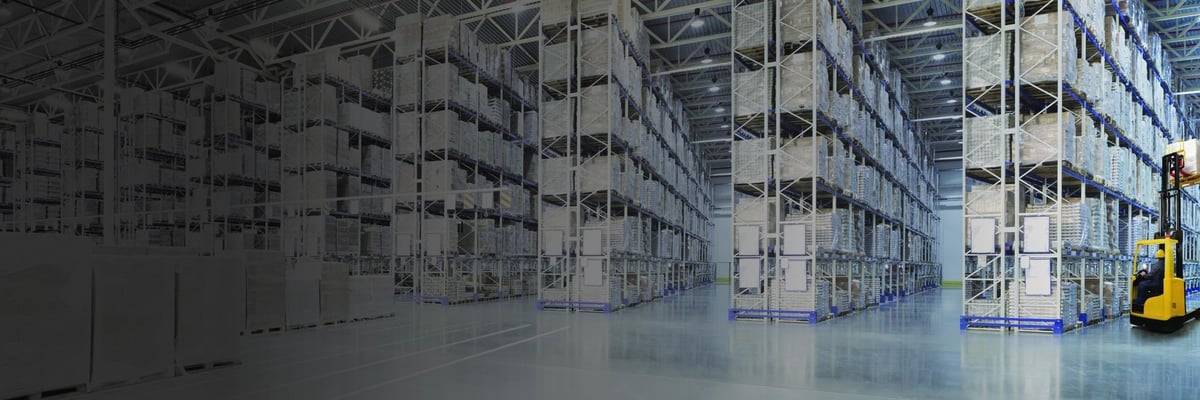
Avoiding Charging Mistakes with Forklift Batteries
Understanding Forklift Batteries
Forklift batteries serve as the powerhouse behind the heavy lifting capabilities of forklifts. These batteries, typically lead-acid, lithium-ion, or nickel-cadmium, are crucial for ensuring operational efficiency in warehouses and manufacturing facilities. A solid grasp of how these batteries work can significantly improve their longevity and performance.
What Are Forklift Batteries Made Of?
Forklift batteries largely consist of lead plates submerged in an electrolyte solution—usually sulfuric acid. In the case of lithium-ion batteries, they utilize lithium compounds to deliver energy. Understanding the composition helps users appreciate the importance of proper care and maintenance.
Types of Forklift Batteries
- Most common type.
- Cost-effective but heavier.
- Requires regular maintenance.
- Lightweight and efficient.
- Longer charging cycles.
- Reduced maintenance needs.
- Durable under extreme temperatures.
- Higher upfront costs.
- Memory effect issues if not managed correctly.
Why Proper Charging is Crucial
Charging mistakes can lead to 18 volt flat plate forklift batteries reduced battery life, increased operational costs, and even safety hazards. The way you charge your forklift batteries directly impacts their performance and longevity.
Avoiding Charging Mistakes with Forklift Batteries: Common Pitfalls
1. Overcharging vs. Undercharging
Overcharging can raise battery temperatures excessively, leading to potential damage or even explosion risks. Conversely, undercharging can result in sulfation, a condition where lead sulfate crystals form on the battery plates, leading to reduced capacity.
2. Ignoring Manufacturer Guidelines
Each battery type comes with specific charging requirements provided by manufacturers. Ignoring these guidelines often leads to inefficiency or damage to the battery itself.
3. Using Incorrect Chargers
Compatible chargers for forklift batteries are essential for maintaining health and performance. Using an inappropriate charger can cause overheating or insufficient charging cycles.
Best Practices for Charging Forklift Batteries
1. Set a Regular Charging Schedule
Establishing a consistent charging routine is vital for maintaining battery health. It’s usually best to charge after each shift rather than allowing batteries to drain completely.
2. Check Temperature Before Charging
Before plugging in your forklift battery charger, check its temperature. If it feels excessively hot or cold, allow it to reach room temperature to avoid thermal shock during charging.
3. Maintain Clean Connections
Dirty terminals may lead to poor connections that could interfere with charging efficiency. Regularly inspect and clean terminals using a mixture of baking soda and water.

Signs That Your Forklift Battery Needs Attention
1. Reduced Performance
If your forklift struggles with loads it once handled easily, it may indicate your battery is losing capacity.
2. Swelling or Bulging
Physical deformities such as swelling suggest that there’s internal damage; address this immediately as it poses safety risks.
3. Foul Smells
A strong odor resembling rotten eggs indicates gas buildup from overcharging—a serious issue requiring immediate attention.
Safety Precautions When Charging Forklift Batteries
Charging forklift batteries isn’t without its risks, especially when dealing with corrosive materials like sulfuric acid in lead-acid models.
1. Use Personal Protective Equipment (PPE)
Always wear appropriate PPE, including gloves and goggles when handling batteries or performing maintenance tasks associated with them.
2. Ventilation Is Key
Ensure that your charging area is well-ventilated to dissipate harmful gases produced during the charging process effectively.
3. Keep Water Nearby
Having water accessible can be crucial in case of spills or accidents involving acid leaks from lead-acid batteries.
Charging Techniques: A Step-by-Step Guide
To ensure you are avoiding charging mistakes with forklift batteries, follow this systematic approach:
Understanding Battery Maintenance Beyond Charging
Maintaining forklift batteries isn't solely about correct charging; consistent upkeep extends their lifespan significantly.
Regular Fluid Checks
For lead-acid batteries, ensure electrolyte levels remain above recommended marks by adding distilled water only when necessary.
Periodic Equalization Charges
This technique allows for balancing cell voltages within a lead-acid battery pack—critical for maximizing lifespan and efficiency.
Avoiding Charging Mistakes with Forklift Batteries: Real-World Examples
Understanding real-world scenarios can help illuminate effective practices versus common mistakes:
-
Case Study 1: A warehouse faced operational delays due to frequent equipment failures attributed to overcharged batteries that led to overheating incidents—prompting a review of their training protocols on battery management.
-
Case Study 2: Another facility implemented scheduled inspections along with staff training on proper charging techniques—resulting in a 30% increase in overall equipment uptime.
The Role of Technology in Battery Management Systems (BMS)
Modern technology has ushered in advanced BMS that monitor voltage levels, temperature fluctuations, and overall battery health—taking much guesswork out of managing forklift batteries effectively.
FAQs
Q1: What happens if I leave my forklift battery on charge overnight?
Leaving your forklift battery on charge overnight may cause overcharging unless you have an automatic shutoff feature on your charger designed to prevent this issue.
Q2: How often should I check my forklift battery's electrolyte levels?
You should check electrolyte levels monthly or more frequently if you're operating under heavy loads.
Q3: Can I use any charger for my forklift battery?
No! Always use chargers specified by your manufacturer suitable for your specific type of forklift battery type (lead-acid vs lithium-ion).
Q4: How do I know when my forklift battery is fully charged?
Most modern chargers will have indicators that signal when a battery is fully charged; consult your charger's manual for specific details related to yours!
Q5: What's involved in equalization charges?
Equalization involves applying a controlled overcharge cycle designed specifically for balancing individual cells’ voltages within lead-acid types—important for maintaining optimal performance!
Q6: Can I charge my lithium-ion forklift battery like traditional ones?
While some principles overlap (like avoiding extremes), lithium-ion requires unique care; always reference manufacturer guidelines!
Conclusion
In essence, avoiding charging mistakes with forklift batteries boils down to understanding their operational needs coupled with consistent maintenance 12 volt flat plate forklift batteries practices tailored around manufacturer recommendations—ensuring both safety and efficiency while working within various industrial settings.
Feel free to reach out if you have questions regarding specific aspects mentioned above or would like further information!